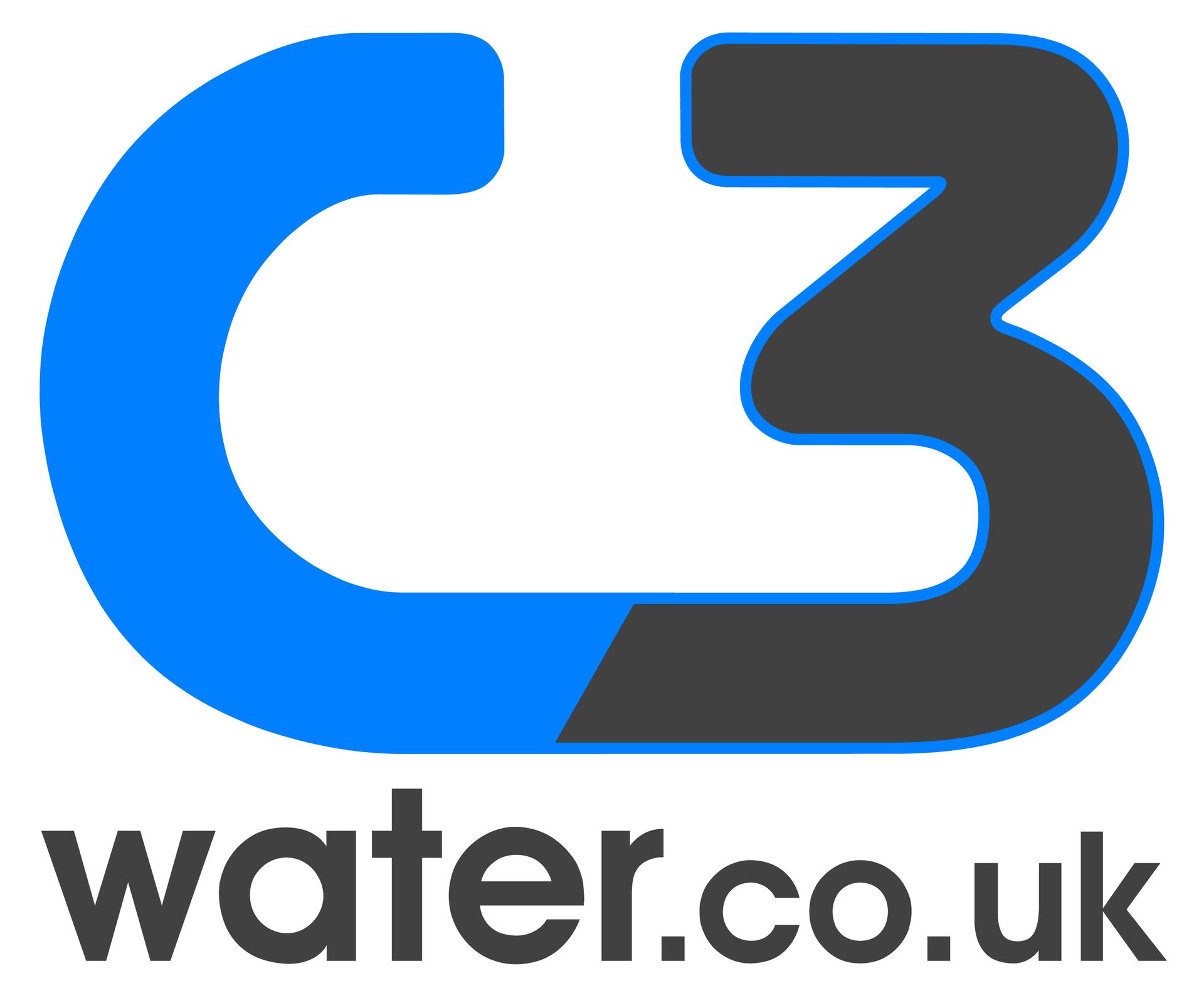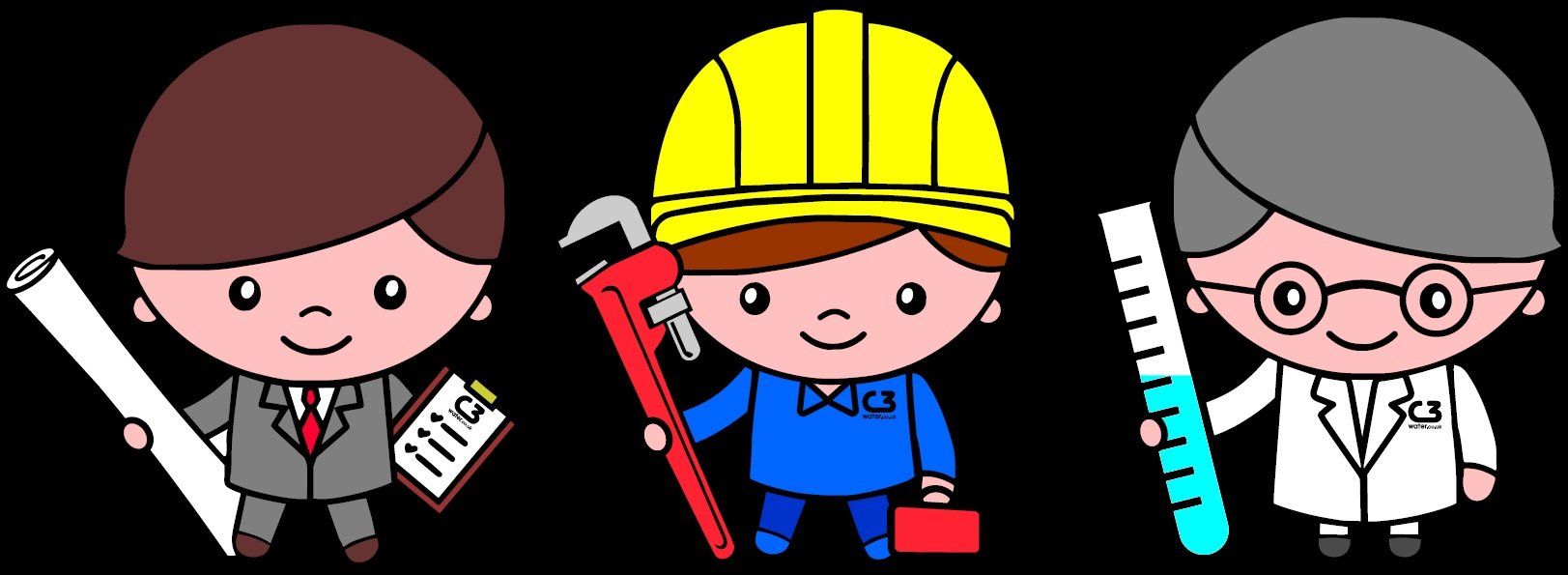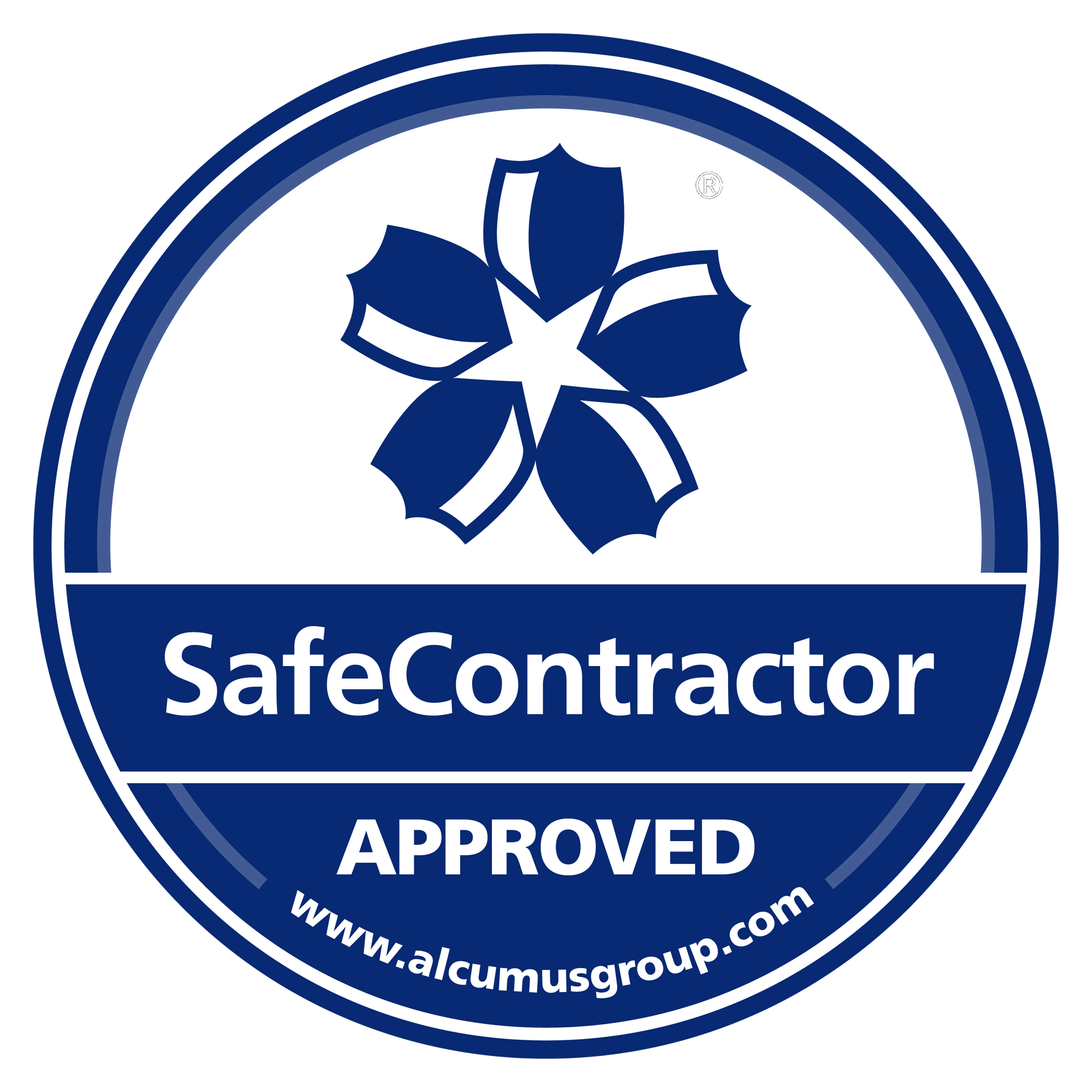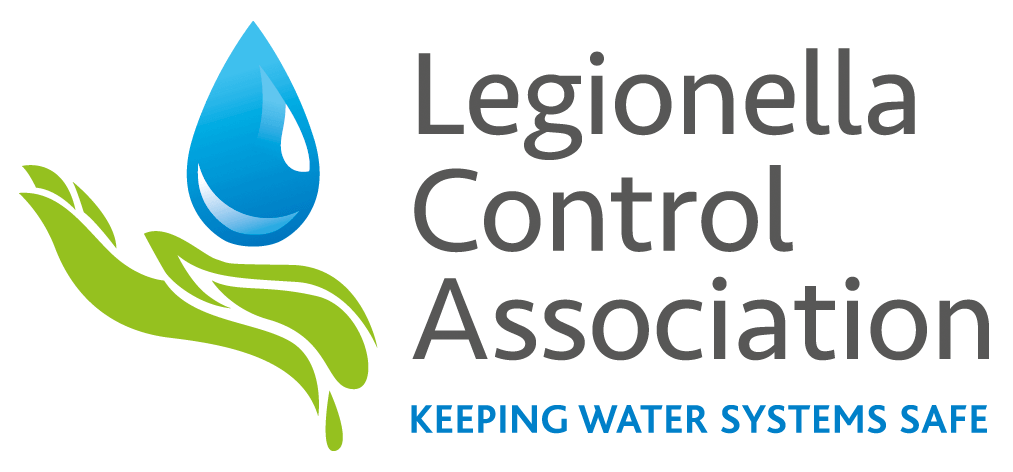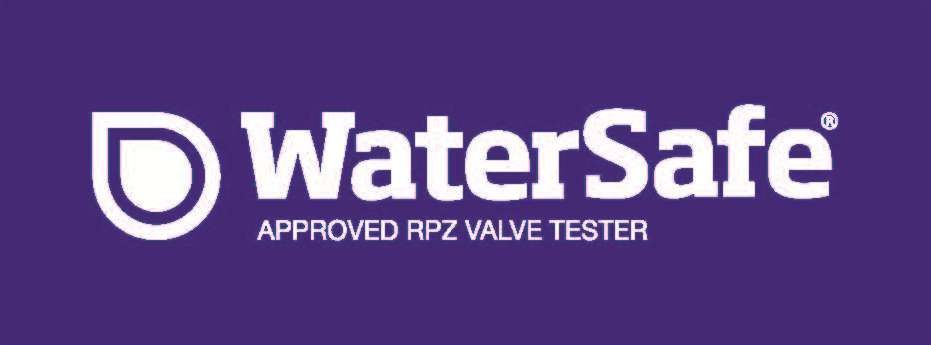Frequently Asked Questions
- What is legionnaires disease?
Legionnaires Disease is a potentially fatal form of pneumonia which can affect anybody but which principally affects those who are susceptible because of age, illness, immunosuppression, smoking etc.
It is caused by the bacterium Legionella pneumophila and related bacteria.
Legionella bacteria can also cause less serious illnesses which are not fatal or permanently debilitating.
The collective term used to cover the group of diseases caused by legionella bacteria is legionellosis.
- Where are legionella bacteria found?
Legionella bacteria are common and can be found naturally in environmental water sources such as rivers, lakes and reservoirs, usually in low numbers.
Legionella bacteria can survive under a wide variety of conditions and have been found in water at temperatures of between 6°c and 60°c. Water in the temperature range 20°c to 45°c seem to favour growth. The organisms do not appear to multiply below 20°c and will not survive above 60°c. They may, however, remain dormant in cool water and only multiply when temperatures reach a suitable level. Temperatures may also influence virulence. Legionella held at 37°c have greater virulence than the same legionella bacteria kept at less than 25°c.
- What are my responsibilities under the law?
Under the Health & Safety at Work Act 1974, Control of Substances Hazardous to Health Regulations 2002 and The Management of Health and Safety at Work Regulations 1999, as an employer or person in control of a premises, there is the requirement to take suitable precautions to prevent or control the risk of exposure to legionella. An overview of the specific guidance relating to the control of legionella can be found in Legionnaires' disease: A guide for dutyholders INDG458. Further full and in depth information can be found in Legionnaires’ disease: The control of legionella bacteria in water systems (L8) and Technical Guidance HSG274 Part 2.
You may also wish to use the HSE's Control of legionella bacteria in water systems audit checklist, which can be found here. If you answer "No" to any of the questions listed, we can help.
- Who are the responsible persons?
The legionella Responsible Person is described as someone with day-to-day responsibility for managing and controlling all identified risks from legionella bacteria to protect the health and safety of others.
The Health & Safety Executive ACoP L8 requires that the Duty Holder should appoint a Responsible Person to take day-to-day responsibility for controlling Legionella bacteria and Legionnaires’ disease in the workplace. They should be a senior manager, director, have similar status or sufficient authority, competence and knowledge of the installations under their control to ensure that all operational procedures are carried out safely, and in a timely and effective manner to protect the health and safety of people in the workplace.
They should also have a clear understanding of their duties and the overall health and safety management structure and policy in the organisation.
- Do I need to have a legionella risk assessment?
Yes, if you are an employer or a person in control of a premises (including rented residential properties), you must have a legionella risk assessment undertaken to identify the possible risk of exposure from legionella to the people within that property.
As an employer or a person in control of premises, you must appoint a competent person or persons to undertake a legionella risk assessment. A competent person is someone with the necessary skills, knowledge and experience to be able to undertake a legionella risk assessment with accuracy and efficiency.
- Are there legionella risks in my workplace?
Any water system that has the right environmental conditions could potentially be a source for legionella bacteria growth.
To identify the risks in your water system you, or a competent person who understands your water systems and any associated equipment, should establish any possible exposure to legionella risks, as part of a risk assessment.
- How do I manage the risk?
As an employer or person in control of premises, you must appoint someone competent to help you comply with your health and safety duties, e.g. take responsibility for managing the risks. A competent person is someone with the necessary skills, knowledge and experience to manage health and safety, including the control measures. You could appoint one, or a combination of:
■ yourself;
■ one or more workers; and/or
■ someone from outside your business.
If there are several people responsible for managing your risks, eg because of shiftwork patterns, you need to make sure that everyone knows what they are responsible for and how they fit into the overall risk management programme.
- What records do I need to keep?
If you have five or more employees, you have to record any significant findings, including any groups of employees identified by it as being particularly at risk and the steps taken to prevent or control risks.
If you have less than five employees, you do not need to write anything down, although it is useful to keep a written record of what you have done. Records should include details about:
- the person or people responsible for conducting the risk assessment, managing, and implementing the written scheme;
- any significant findings of the risk assessment;
- the written control scheme and its implementation; and
- the results of any inspection, test or check carried out, and the dates.
This should include details about the state of operation of the system, i.e. in use / not in use.
These records should be retained throughout the period for which they remain current and for at least two years afterwards. Records kept in relation to inspections, tests or checks carried out (and the results thereof) should be retained for at least five years.
- Who are the Legionella Control Association (LCA)?
The Legionella Control Association (LCA) is a voluntary, industry specific organisation whose membership comprises providers of services and products concerned with the control of legionella bacteria in water systems. The primary aim is to keep water systems safe and minimise the risk of cases of Legionnaires' disease caused by poorly maintained systems.
LCA members commit to a "Code of Conduct" which requires them to establish and maintain appropriate management systems for services that they offer associated with the control of legionella.
More information on the LCA can be found on their website https://www.legionellacontrol.org.uk/
- I am a landlord of a residential property. Do the guidelines apply to me?
Yes. The guidelines apply to Landlords of residential properties too. For further information please click here.
- Do you provide certification for your works?
Yes. All our works are supported by full certification.
- What is involved in a clean and disinfection?
All clean and disinfections are carried out in accordance with the current British Standards BS EN 806-4:2010 / BS EN 806-5:2012 / BS 8558:2015 / PD855468:2015 and in conjunction with HSE ACoP L8 and HSG 274 Part 2.
During the clean and disinfection process there may be loss of water to the areas in and / or around which works are being undertaken. This is dependent upon the system design, but any distruption will always be kept to a minimum. We endeavour to keep you fully informed at all times and will restore any loss of supply as soon as possible.
Site specific method statements, risk assessments and safety data sheets are provided.
- How long before I know the results of my sample analysis?
All sample analysis is carriied out by an independant UKAS accredited laboratory. The time it takes varies, depending upon the analysis required. Microbiological samples have set incubation periods, which also vary dependant upon the type of micro-organism tested for. The incubation times for the most commonly requested types are:
- TVC's (2 & 3 days)
- eColi & Coliforms (24 hours)
- Pseudonomas (48 hours)
- Legionella (10 days)
- Sulphate Reducing Bacteria (5 & 21 days)
- Nitrite Reducing Bacteria (5 days)
The majority of samples should be filtered and plated for the commencement of analysis within 24 hours of collection. Please allow a further 24 hours for administration processes and the issuing of certification.
- Who are UKAS?
UKAS is the UK’s National Accreditation Body, responsible for determining, in the public interest, the technical competence and integrity of organisations such as those offering testing, calibration and certification services.
All domestic water samples are analysed by an independent laboratory, who are UKAS accredited.
- How much does it cost?
The costs for our services is dependant upon the service required, the system design and its size. We pride ourselves on providing an unrivalled level of service at competative prices. For a detailed cost quotation, please click here to contact us. Or feel free to give us a call on 01246 415777 and we'll do our best to help.
- What areas do you cover?
We work nationally throughout the UK. Our current client base even takes us into the South of Europe.
- Have a question that isn't covered here?
Please feel free to give us a call on 01246 415777, or click here to send us a message, and we'll be happy to help.

